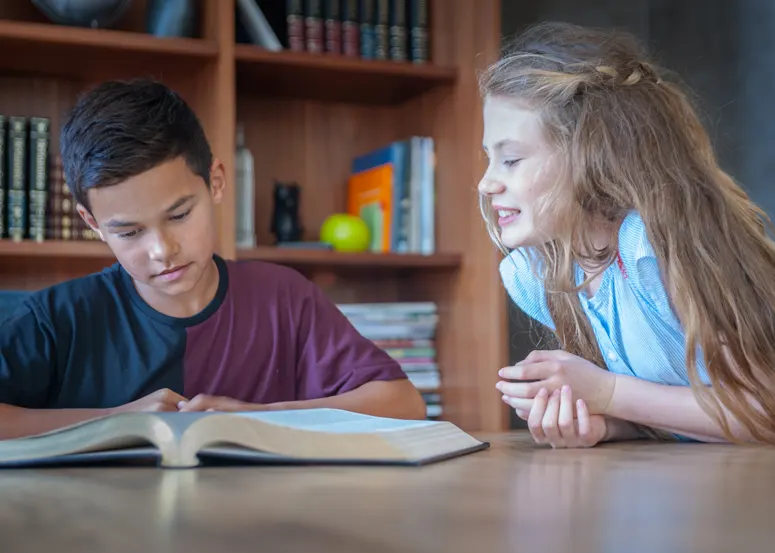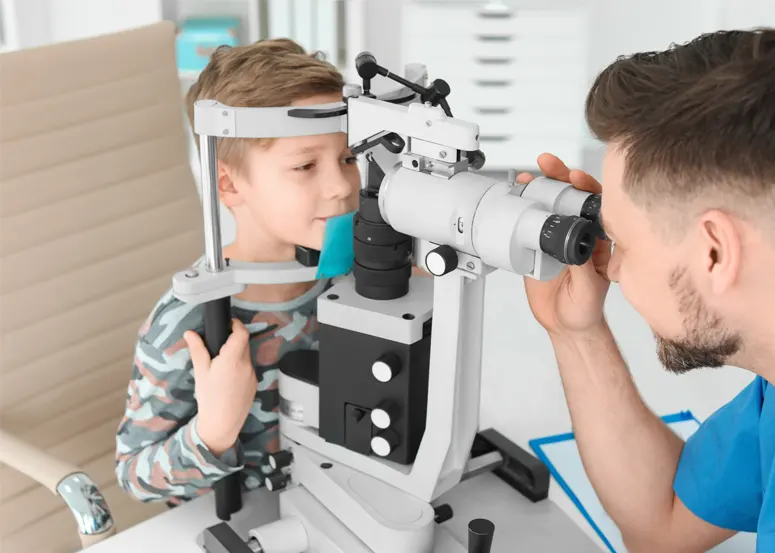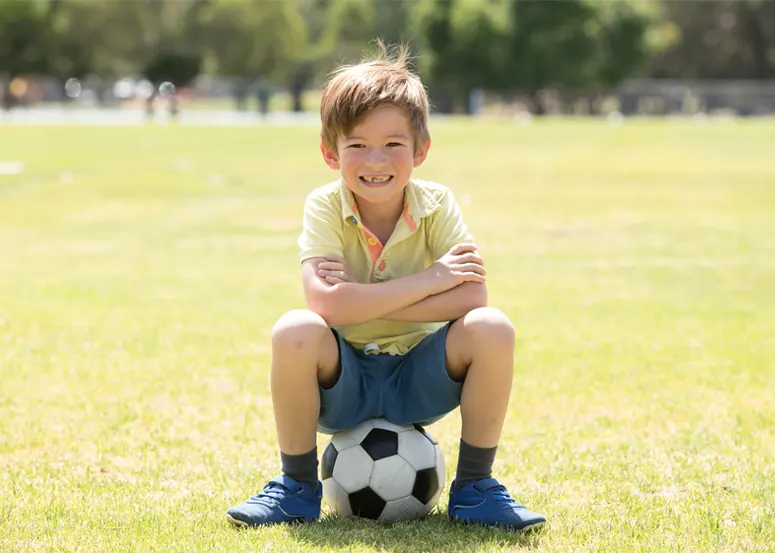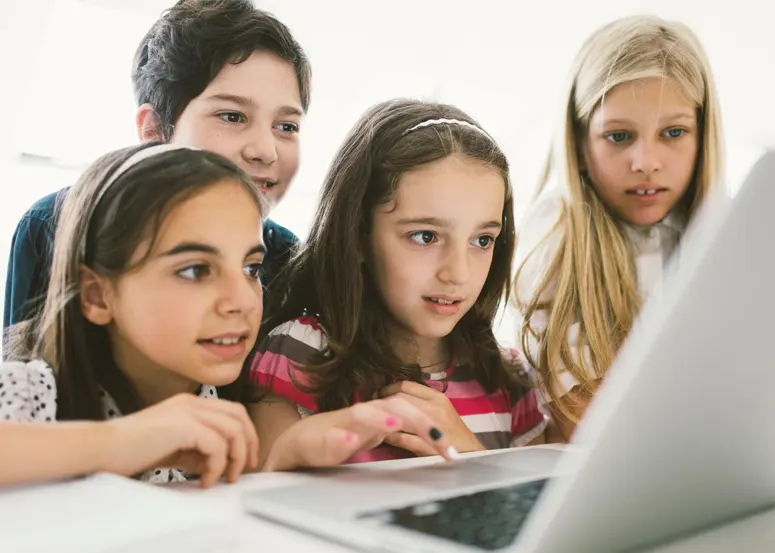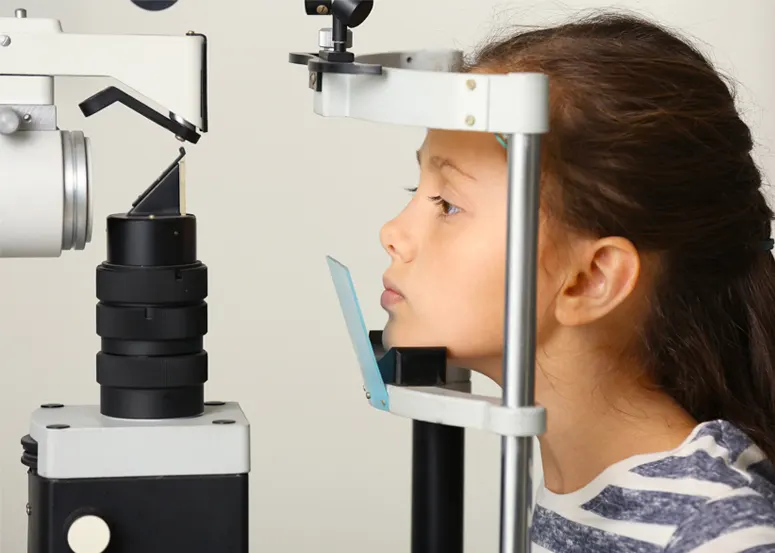What is Myopia?
Myopia (short-sightedness or near-sightedness) is a common eye condition that causes blurred distance vision and usually starts during childhood, typically progressing until the child stops growing. It is often regarded as a benign disorder, because vision can be corrected with glasses, contact lenses, and refractive surgery in adulthood; however, myopia has recently emerged as a major public health concern for several reasons.
Why is Myopia now a Major Public Health Issue?
- Firstly, its prevalence has been rising around the globe. It is estimated that by 2050, half of the world’s population will be myopic.
- Secondly, the World Health Organisation (WHO) recognises that myopia, if not fully corrected, is a major cause of visual impairment.
- Finally, children with high myopia are at a substantially increased risk of potentially blinding comorbidities later in life, including retinal detachment, glaucoma, cataracts and myopic maculopathy. The risk of developing any of these conditions increases along with the increase in myopia, and this is not prevented by optical correction.
What Causes Myopia?
There are different causes of myopia, including genetic and environmental factors.
If both parents are short-sighted, the risk of the child being myopic is six times2 greater than general population; if one parent is short-sighted, the risk is around three times greater3.
Modern lifestyles may also influence the development of myopia, including low levels of outdoor activity4, low levels of light exposure5 and prolonged near tasks such as reading6. Only 10% of parents in New Zealand are aware of these facts, and almost half the parents of children aged 17 years and under, admit they do not know what causes myopia7.
Recent epidemiological surveys have shown that increased amounts of time outdoors protect against the development of myopia, minimising the risk of myopia associated with near work or with having myopic parents. The protective effect seems to be associated with total time outdoors, rather than with specific engagement in sport8.
What are the Signs of Myopia to Look Out For?
The first symptom of myopia for parents to be aware of is if their child has difficulty reading road signs and seeing distant objects clearly, although she or he would be able to see well for close-up tasks such as reading and computer use. Other signs and symptoms of myopia include squinting, eye strain and headaches. Feeling fatigued when playing sports also can be a symptom of uncorrected short-sightedness.
Public awareness of myopia is crucial, knowing your children’s potential risk of myopia and taking action before it’s too late can benefit their academic and physical performance, personal growth and overall health. Once myopia is diagnosed, there are different methods that can help to slow its progression and subsequently will reduce the incidence of high myopia, which is associated with ocular comorbidities that might cause permanent loss of vision.
The statistics are very alarming in New Zealand, 28% of children (17 years and under) have never been to an optometrist for an eye examination. And 40% of children have not been to an optometrist to have an eye examination before their ninth birthday9.
Opportunity to take action
Finally, we need to work all together to win the fight against myopia. By taking action now we have the opportunity to influence the onset and progression of myopia with simple measures – encourage children to spend more time outdoors, have their eyes examined by an optometrist regularly, and reduce the time spent on close-up tasks.
About the Australia and New Zealand Child Myopia Working Group
The Australia and New Zealand Child Myopia Working Group is a collaboration of leading optometrists and ophthalmologists. The Working Group’s aim is to set a recommended standard of care for child myopia management, in order to slow progression of myopia in children.
To download a free copy of The Australia and New Zealand Child Myopia Report – A Focus on Future Management, launched in 2019 by the Australian and New Zealand Child Myopia Working Group click here.
Members are (in alphabetical order):
- Dr Rasha Altaie, Ophthalmologist, Auckland
- Luke Arundel, Chief Clinical Officer, Optometry Australia, Melbourne
- Jagrut Lallu, Optometrist and Immediate Past President of the Cornea and Contact Lens Society of New Zealand (CCLSNZ), Hamilton
- Margaret Lam, Optometrist and National President of the Cornea and Contact Lens Society of Australia (CCLSA), Sydney
- Dr Loren Rose, Paediatric Ophthalmologist, Sydney
- Andrew Sangster, Optometrist and Board Member of New Zealand Association of Optometrists, Wellington
- Chair – Scientia Professor Fiona Stapleton, School of Optometry and Vision Science UNSW, Sydney
1 The impact of myopia and high myopia: report of the Joint World Health Organization–Brien Holden Vision Institute Global Scientific Meeting on Myopia, University of New South Wales, Sydney, Australia, 16–18 March 2015.
2 Pacella R, McLellan J, Grice K, Del Bono EA, Wiggs JL, Gwiazda JE. Role of genetic factors in the etiology of juvenile-onset myopia based on a longitudinal study of refractive error. Optom Vis Sci. 1999 Jun;76(6):381–6.
3 CooperVision Australia and New Zealand: Child Myopia in Australia – consumer perceptions survey. Conducted by YouGovGalaxy August/September 2018, conducted by YouGovGalaxy between Wednesday 29 August and Monday 3 September 2018. The saJones LA, Sinnott LT, Mutti DO, Mitchell GL, Moeschberger ML, Zadnik K. Parental history of myopia, sports and outdoor activities, and future myopia. Invest Ophthalmol Vis Sci 2007; 48: 3524–32.
4 He M, Xiang F, Zeng Y et al. Effect of Time Spent Outdoors at School on the Development of Myopia Among Children in China: A Randomized Clinical Trial. JAMA 2015; 314:1142-1148
5 Read SA, Collins MJ, Vincent SJ. Light Exposure and Eye Growth in Childhood. Investigative Ophthalmology and Visual Science 2015: 56(11):6779-6787
6 Ip JM, Saw SM, Rose KA, Morgan IG, Kifley A, Wang JJ, Mitchell P. Role of Near Work in Myopia: Findings in a Sample of Australian School Children. Investigative Ophthalmology and Visual Science 2008:49(7):2903-2910
7 CooperVision Australia and New Zealand: Child Myopia in Australia – consumer perceptions survey. Conducted by YouGovGalaxy August/September 2018, conducted by YouGovGalaxy between Wednesday 29 August and Monday 3 September 2018. The sample comprised 1003 parents of children at home aged 0-18 years.
8 Rose KA, Morgan IG, Ip J, et al. Outdoor activity reduces the prevalence of myopia in children. Ophthalmology 2008; 115: 1279–85.
9 CooperVision Australia and New Zealand: Child Myopia in Australia – consumer perceptions survey. Conducted by YouGovGalaxy August/September 2018, conducted by YouGovGalaxy between Wednesday 29 August and Monday 3 September 2018. The sample comprised 1003 parents of children at home aged 0-18 years.
